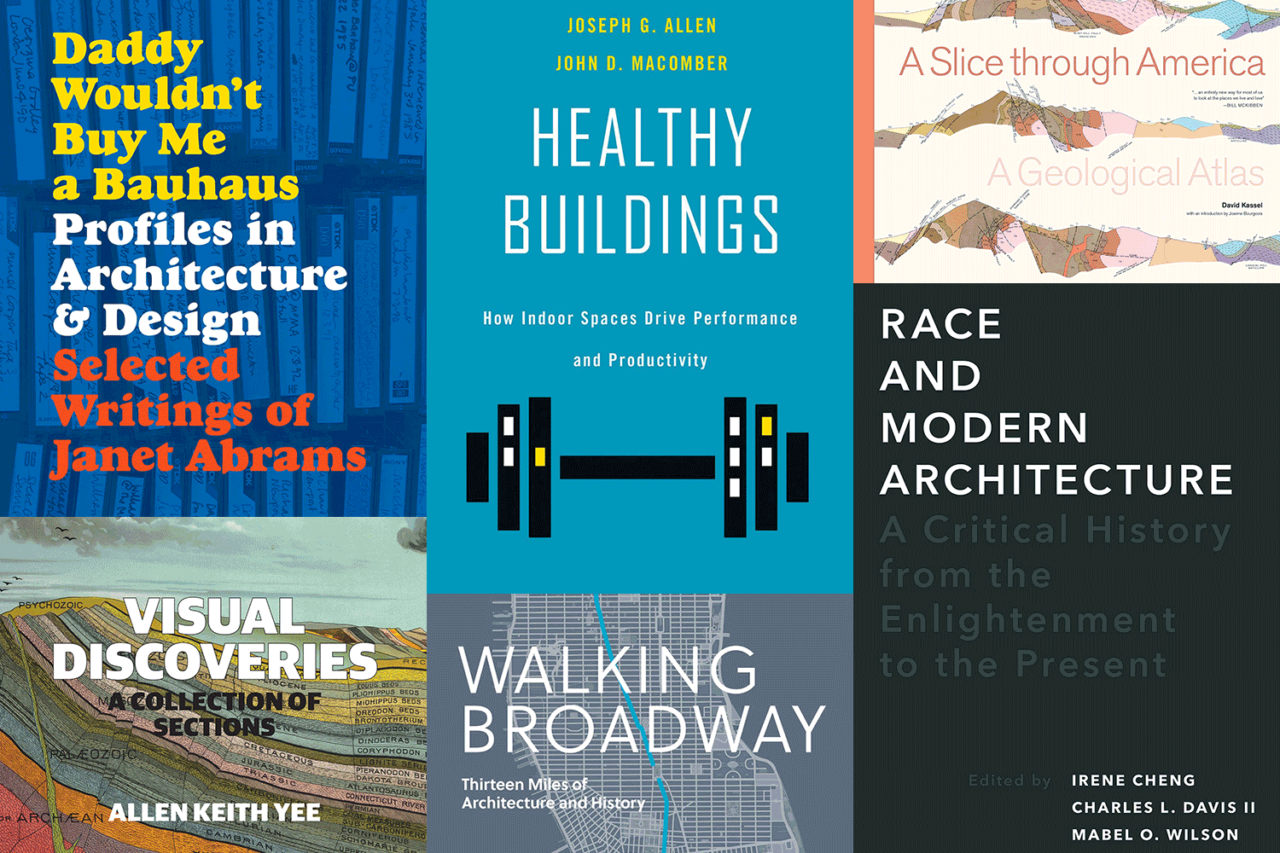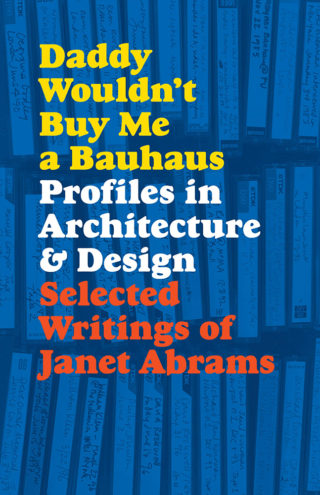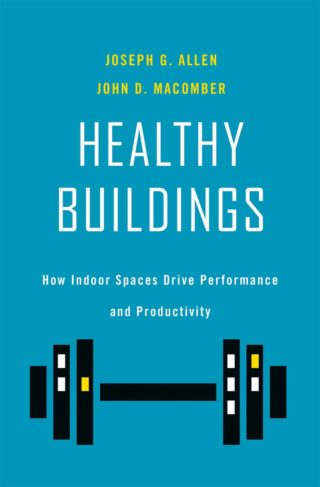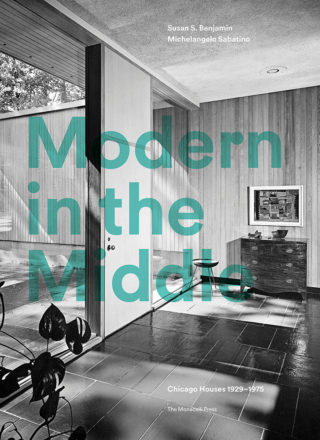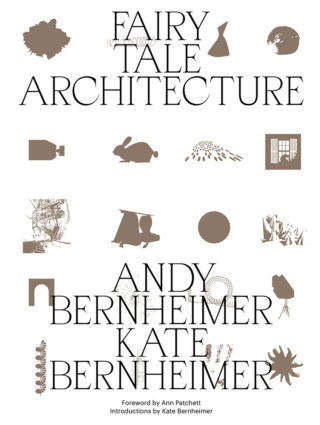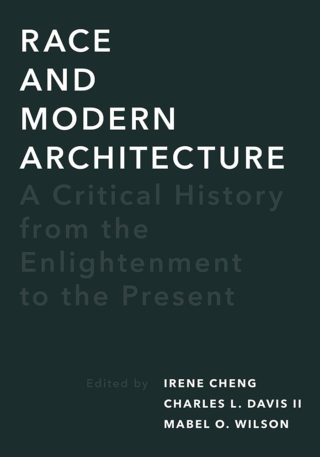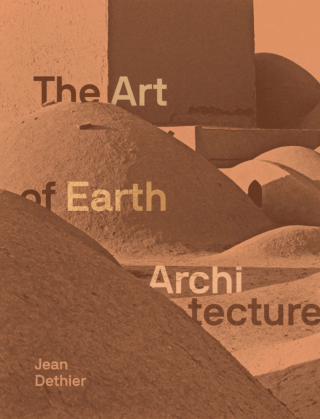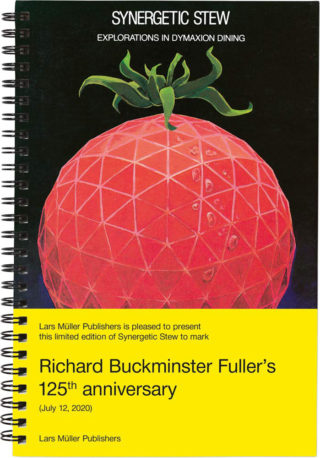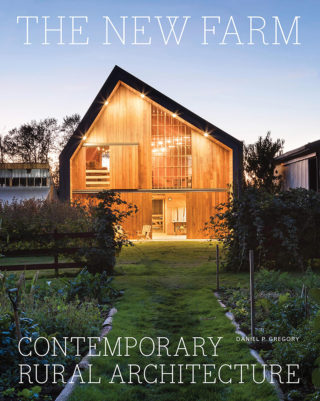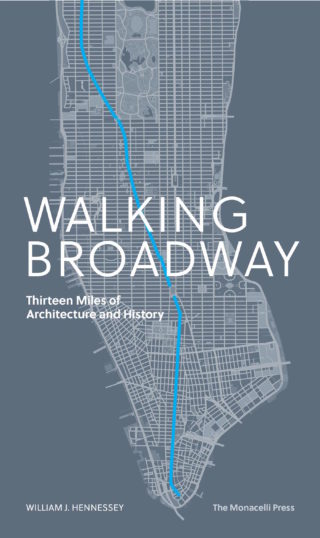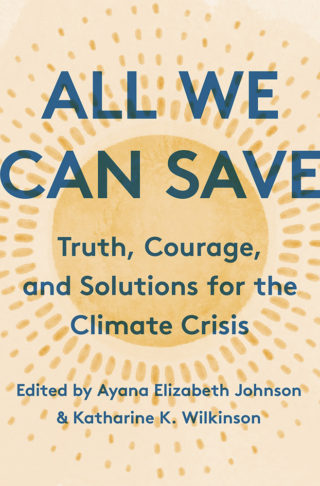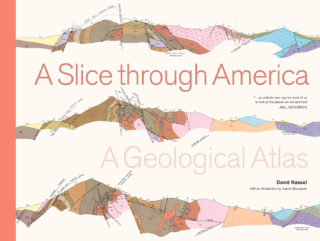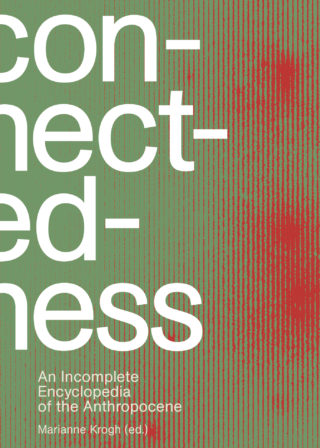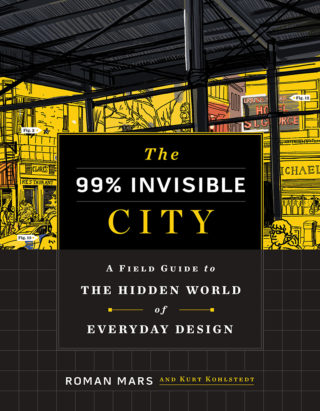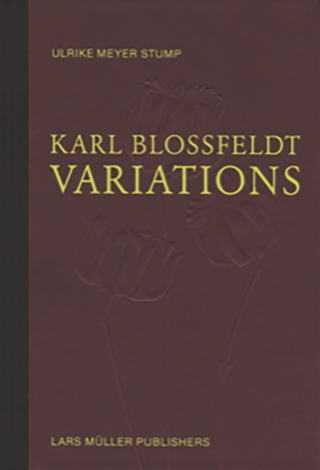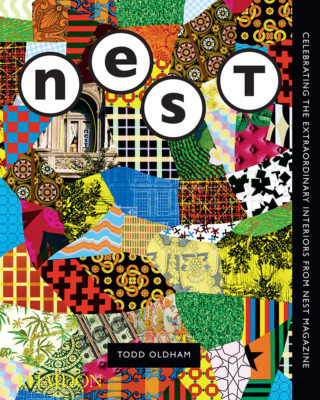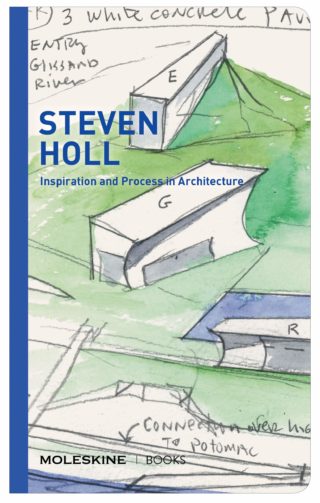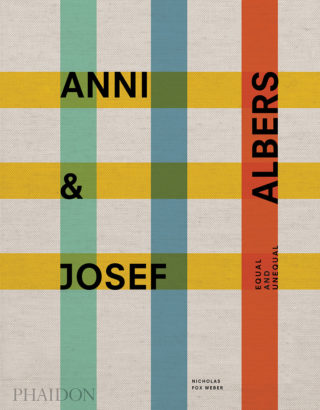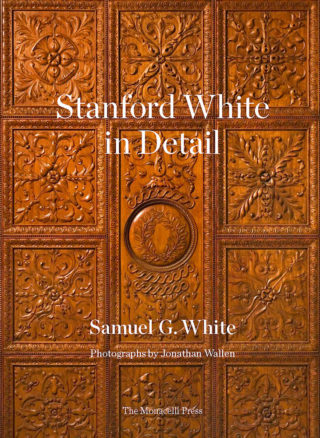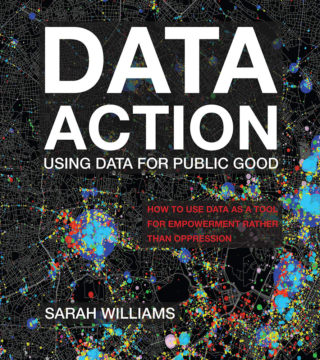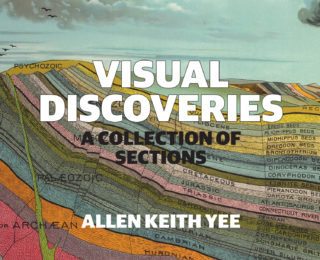by: Laura Raskin " } ["_oembed_time_5e8b4099e5c7c33dd3528c6df96ed3f7"]=> array(1) { [0]=> string(10) "1608060618" } ["_oembed_59027b7906c390bd15bc14f7ca6a5dcd"]=> array(1) { [0]=> string(11) "{{unknown}}" } ["_oembed_4df8a3a4b8dd76824138f40bee53faac"]=> array(1) { [0]=> string(1944) "
Race and Modern Architecture" } ["_oembed_time_4df8a3a4b8dd76824138f40bee53faac"]=> array(1) { [0]=> string(10) "1608060619" } ["_oembed_b1421be6cc793b4adcd8901a69d5f3e0"]=> array(1) { [0]=> string(11) "{{unknown}}" } ["_oembed_4dea1c97a08c77e4d5fdb13c84d06fc9"]=> array(1) { [0]=> string(133) "The New Farm" } ["_oembed_time_4dea1c97a08c77e4d5fdb13c84d06fc9"]=> array(1) { [0]=> string(10) "1608060620" } ["_oembed_ca3d02bf562170731488f3aeebb31ba0"]=> array(1) { [0]=> string(1957) "
Walking Broadway" } ["_oembed_time_ca3d02bf562170731488f3aeebb31ba0"]=> array(1) { [0]=> string(10) "1608060621" } ["_oembed_bf02ee1efa09ccb30b50875af5d8c7d9"]=> array(1) { [0]=> string(11) "{{unknown}}" } ["_oembed_0527acf6bbfc6d1e1bd6a2cc88201a6a"]=> array(1) { [0]=> string(136) "A Slice through America" } ["_oembed_time_0527acf6bbfc6d1e1bd6a2cc88201a6a"]=> array(1) { [0]=> string(10) "1608060621" } ["_oembed_afdc0437a930aa72086a977e510aefa1"]=> array(1) { [0]=> string(2155) "
Connectedness – An Incomplete Encyclopedia of the Anthropocene" } ["_oembed_time_afdc0437a930aa72086a977e510aefa1"]=> array(1) { [0]=> string(10) "1608060623" } ["_oembed_58a86097215edb210b25b84ab6d75c1e"]=> array(1) { [0]=> string(11) "{{unknown}}" } ["_oembed_1754a933ba3f3f20563f47b0d93ccf2f"]=> array(1) { [0]=> string(11) "{{unknown}}" } ["_oembed_417299c09c884db256b94f271a37d56a"]=> array(1) { [0]=> string(144) "Steven Holl" } ["_oembed_time_417299c09c884db256b94f271a37d56a"]=> array(1) { [0]=> string(10) "1608060625" } ["_oembed_6803df1580e30233c8a812eb8327e246"]=> array(1) { [0]=> string(11) "{{unknown}}" } ["_oembed_8d4e9644884194c7fdc8696f2eead194"]=> array(1) { [0]=> string(1989) "
Stanford White in Detail" } ["_oembed_time_8d4e9644884194c7fdc8696f2eead194"]=> array(1) { [0]=> string(10) "1608060626" } ["_oembed_d2b09b99839ad924edcfb89cdb8ab6c3"]=> array(1) { [0]=> string(11) "{{unknown}}" } ["_thumbnail_id"]=> array(1) { [0]=> string(5) "57806" } } -->
While we weren’t able to convene for our Oculus Book Talks series in 2020, the year still offered up a dazzling array of architecture and design publications. Here are 20 selections ranging from collections of critical essays and lush picture books to smart stocking stuffers to delight your architect (and architect-adjacent) friends. Perhaps you’ll even want a stack for your own desk! We hope you’ll consider supporting your local independent bookstore this holiday season. This list is presented alphabetically by author.
1. Daddy Wouldn’t Buy Me a Bauhaus: Profiles in Architecture and Design by Janet Abrams (Princeton Architectural Press)
The British journalist, critic, and artist brings a personal, often hilarious style to her profiles of pivotal, sometimes truculent figures in design (she likened interviewing Paul Rand to a “boxing match”). Here, 26 essays are collected from national and international magazines and books from the 1980s through the early 2000s, with subjects including Julie Snow, Rem Koolhaas, and Michael Bloomberg.
2. Health Buildings: How Indoor Spaces Drive Performance and Productivity by Joseph G. Allen and John D. Macomber (Harvard University Press)
We’ve known for years that our indoor environments, from offices to hospitals, can have a dramatic affect on our health, functioning, and mental wellbeing, and 2020 has proven the point. The Director of Harvard’s Healthy Buildings Program and Harvard Business School’s leading expert on urban resilience show how to put research into practice and evaluate the impact of small environmental fluctuations on your immediate well-being and long-term reproductive and lung health. Through 9 Foundations of a Healthy Building, they share insider tips and show how tracking what they call “health performance indicators” with smart technology can boost a company’s performance and create economic value. A post-COVID handbook.
3. Modern in the Middle: Chicago Houses 1929-75 by Susan Benjamin and Michelangelo Sabatino (The Monacelli Press)
The legacy of Mies and Wright in Chicago is more complex and intricate than previously thought, and this collection of modern houses reveals how subsequent generations of architects blazed their own trails in terms of site, structure, materials, and responses to climate. This portfolio of 53 houses never collected together before includes the Kitty Baldwin and Harry Weese House (1957) and the Dawn Walsh and Walter Netsch House (1974).
4. Fairy Tale Architecture by Andrew Bernheimer and Kate Bernheimer (Forward by Ann Patchet) (ORO Editions)
Brother and sister, the Bernheimers combined their skills (he’s an architect, she’s an author and fairy tale scholar) and joined forces with Snøhetta, Rural Studio, LEVENBETTS, LTL Architects, and others to design the worlds for famous fairy tales, from Little Red Riding Hood to Rapunzel. “How many architects, young and old, have been inspired by the hero or heroine, banished from the cottage, lost in the woods, who risks everything to find a forever-space?” writes Kate.
5. Race and Modern Architecture: A Critical History from the Enlightenment to the Present edited by Irene Cheng, Charles L. Davis II, Mabel O. Wilson (University of Pittsburgh Press)
As Wilson has described, this book began to take shape in 2015 through a series of conversations between the co-authors “about excavating the latent discourses, representations, and histories of race and racial thinking in modern architecture.” The challenge was to answer the questions, “How do we write race back into architectural history? What is the influence of racial thought in the discipline and theory of architecture, in Europe, North America, and globally since the 18th century?” These questions have often gone un-accounted for or unacknowledged. At a time when all architects and architecture students should be reckoning with the inequalities embedded in planning, design, policy, and education—as well as the ranks of their own profession—Race and Modern Architecture should be required reading.
6. The Art of Earth Architecture by Jean Dethier (Princeton Architectural Press)
Jean Dethier, a former Centre Pompidou curator, has dedicated his life to the research, safeguarding, and development of earth structures around the world, and his decades of research finds a home in this globe-spanning survey with plenty of rich imagery to match. From simple dwellings to palaces, temples, and fortresses, The Art of Earth Architecture demonstrates the wide-ranging applications and sustainability of earth construction, while presenting a manifesto for its ecological significance Dethier and his contributors argue that raw earth has a “subversive potential” to undo a reliance on industrial building materials because it is widely available and multipurpose. It also “subverts the dominant economic model by giving the public, particularly those most in need, the ability to take control of their own environment.” Dethier shows us how this has been, and continues to be, possible, from the temples and palaces of Mesopotamia to the work of contemporary West African and German architect Francis Kéré.
7. Synergistic Stew: Explorations in Dymaxion Dining by R. Buckminster Fuller (Lars Müller)
This limited edition reprint is a fun, funny, and quirky compilation of anecdotes and recipes that friends and colleagues gave the architect, engineer and theorist for his 86th birthday. Fuller’s grandson Jamie Snyder writes a new introduction that reveals insights about Fuller’s character through his relationship to food. Contributors include Cedric Price, Isamu Noguchi, Margaret Mead, John Cage, and more.
8. The New Farm: Contemporary Rural Architecture by Daniel P. Gregory (Princeton Architectural Press)
For those who haven’t already decamped for a pastoral Eden in the pandemic, let this book be your escape. Gregory visits 16 contemporary farms around the globe, revealing modern farming practices and the bold new architectural forms that support them, from Kentucky to Tasmania. Architects featured include Tom Kundig, William Turnbull, Edward Larabee Barnes, and others.
9. Walking Broadway: Thirteen Miles of Architecture and History by William Hennessey (The Monacelli Press)
Organized geographically as a series of 14 walks that take the reader from Bowling Green to the Harlem River, Walking Broadway is the perfect pandemic companion, inspiring movement, fresh air, and contemplation. Hennessey takes readers through the city’s oldest north-south street, which began as the Wickquasgeck trail before the arrival of Europeans, and describes the evolution of its social, economic, and cultural history through the lens of its most interesting buildings.
10. All We Can Save: Truth, Courage and Solutions for the Climate Crisis edited by Dr. Ayana Elizabeth Johnson & Dr. Katharine K. Wilkinson (Penguin Random House)
All We Can Save was published 10 weeks ago and has already sold 20,000 copies and inspired hundreds of reading circles. Johnson is a marine biologist, policy expert, writer, Brooklyn native, founder of Ocean Collectiv, a consulting firm for conservation solutions grounded in social justice, and founder of Urban Ocean Lab, a think tank for the future of coastal cities. Wilkinson is an author, strategist, teacher, and Atlantan whose writing includes The Drawdown Review, Drawdown, and Between God & Green. Together, they compiled a compelling anthology of prose, verse, and art from visionary women climate leaders—including Sharon Olds, Mary Oliver,and Kate Orff—who offer ideas and insights for how we can rapidly, radically reshape society from a place of compassion and connection.
11. A Slice Through America: A Geological Atlas by John Kassel (Princeton Architectural Press)
Kassel has turned a personal collection and fascination into a beautiful and genre-expanding book. Hand-drawn stratigraphic illustrations created by state and federal geologists over the past 100 years reveal the story of our public lands. Depicting a record of natural resources in a rainbow palette, the book doubles as a record of map design.
12. Connectedness: An Incomplete Encyclopedia of the Anthropocene edited by Marianne Krogh (Strandberg Publishing)
Nearly 100 Danish and international authors, researchers, philosophers, artists and architects, including Bruno Latour, Donna Haraway, Peter Weibel, Greta Thunberg, Björk, Connie Hedegaard, Minik Rosing, Carsten Jensen, Josefine Klougart, SUPERFLEX, and Tomás Saraceno, reflect on our climate crisis in our new geological age—the Anthropocene—in which human beings are the dominant life form on the planet. How can we reconnect to nature and each other? The contributors attempt to answer this.
13. The 99% Invisible City: A Field Guide to the Hidden World of Everyday Design by Roman Mars, co-author Kurt Kohlstedt (Houghton Mifflin)
In his wildly popular podcast 99% Invisible, host Roman Mars uses storytelling and deft audio editing to tell compelling stories behind the designs we overlook in our everyday lives. Along with co-author (and podcast producer) Kurt Kohlstedt, Mars brings the podcast to life on the page with his new book. Deeply researched entries on drinking fountains, metal fire escapes, and those dancing inflatable figures at the car wash are accompanied by beautiful line drawings.
14. Karl Blossfeldt: Variations by Ulrike Meyer Stump (Lars Müller)
Over the last 20 years, architects and designers have rediscovered the groundbreaking close-up photographs of plants, seeds, and other natural materials by German artist, sculptor, and teacher Karl Blossfeldt. This monograph, the first of its breadth and depth, draws on unpublished materials and analyzes the photographs’ replication in teaching materials, pattern books, and art books, and also in the pages of the illustrated press, from 1890 to 1945.
15. Title: The Best of Nest by Todd Oldham (Phaidon)
Joe Holtzman, an artist turned designer, editor, and publisher, founded the innovative, coltish, and beloved interior design magazine Nest, which was published from 1997 to 2004. This 524-page book reproduces the magazine’s greatest hits with 300 color illustrations and 30 gatefolds. Nest visited the homes of celebrities (John Waters, Julian Schnabel) with as much reverence and curiosity as it did prison cells at the New Mexico Women’s Correctional Facility, mud houses in Syria, and André Leon Talley’s souped-up Lenox Hill hospital room in 2001.
16. Moleskine Sketchbooks: Inspiration and Process in Architecture by Various (Moleskine/Princeton Architectural Press)
The most recent edition of Moleskine’s “Inspiration and Process” sketchbooks is dedicated to Steven Holl, whose gestural watercolors, sketches, and enigmatic poems are perfect for the casual medium—and perhaps a stocking or two.
17. Anni and Josef Albers: Equal and Unequal by Nicholas Fox Weber (Phaidon)
The subtitle of this unprecedented visual biography of the German-born artists, designers, and educators takes its name from a painting of Josef’s that hung in the couple’s New Haven, CT, bedroom, featuring adjacent sets of overlapping colored squares; independent but complementary. Weber, who runs the Josef and Anni Albers Foundation, says that it’s the perfect encapsulation of the couple. Through biography, details about their personal and creative relationship, and gorgeous spreads of their work, Weber takes readers through their years at the Bauhaus, Black Mountain College, and New Haven. Weber is the perfect storyteller: after meeting the couple in 1970 when he was 22, he went on to assist Anni following Josef’s death in 1976 and ultimately began working for the Foundation, which was founded in 1971.
18. Stanford White in Detail by Samuel G. White; Photographs by Jonathan Wallen (The Monacelli Press)
Architect Samuel G. White investigates his great-grandfather’s innovative way with ornament in lush vignettes of wood, marble, and mosaic details, as well as room-scale views. “Few if any architects before or since could employ decorative motifs with such flair, draw on so great a range of ideas, or achieve density bordering on saturation with losing control,” writes White.
19. Data Action: Using Data for Public Good by Sarah Williams (MIT Press)
Williams, a professor at the MIT School of Architecture and the director of its Civic Data Design Lab, offers a guide for how big data can be used ethically and responsibly to uplift those who are often marginalized and unheard—a critical lesson for architects and planners who are being asked to generate and use data in the design process at unprecedented levels.
20. Visual Discoveries: A Selection of Sections by Allen Keith Yee (ORO Editions)
Brooklyn-based architect and digital designer Yee turned his personal archive of notable cross section drawings into the genesis of a lushly visual book. Yee’s examples—from Paul Rudolph’s never-built megastructure plan for Lower Manhattan to a photograph inspired by Wayne Thiebold’s oil paintings of layer cakes—demonstrate that the cross-section has applications across disciplines, from architecture and food, to anatomy and geography.








